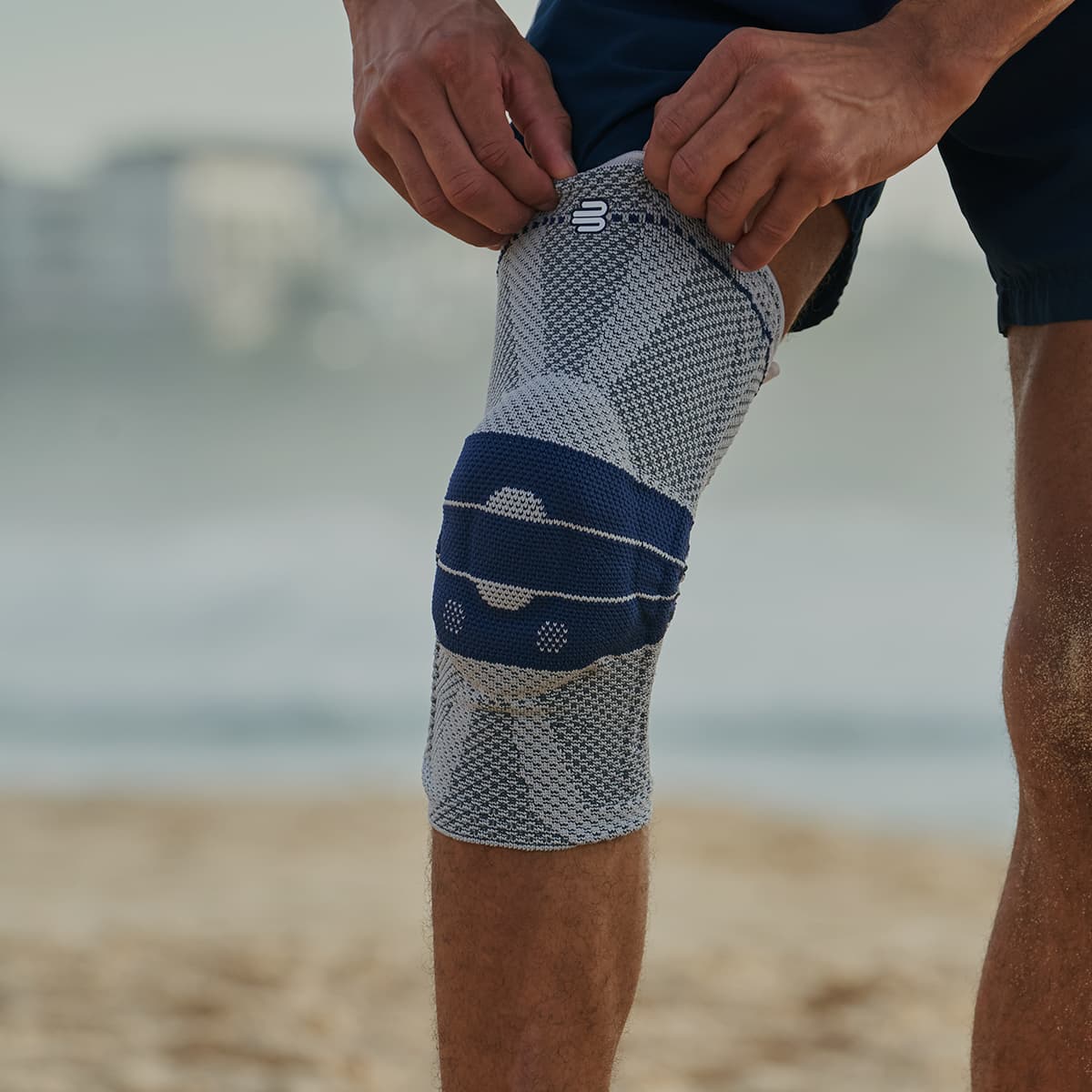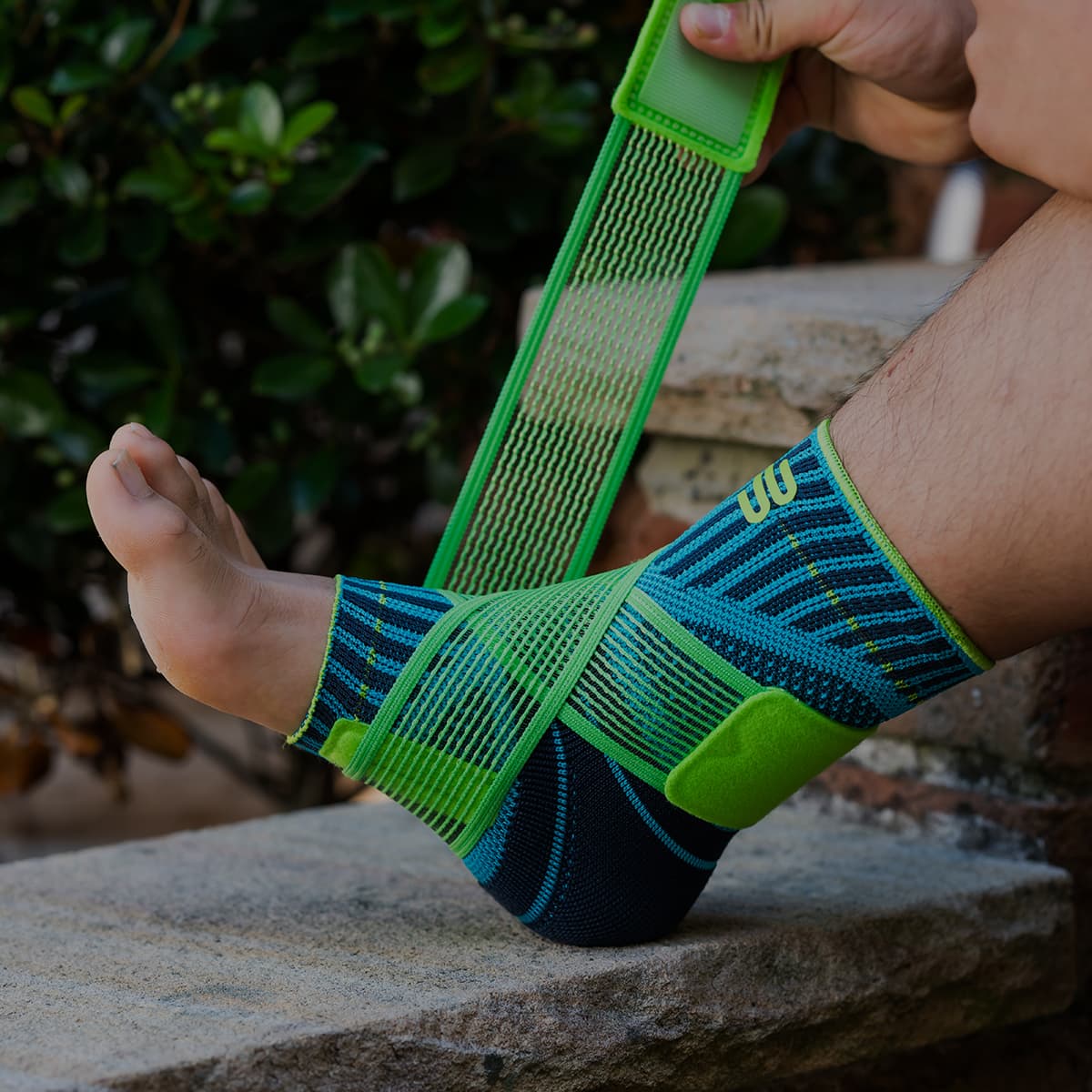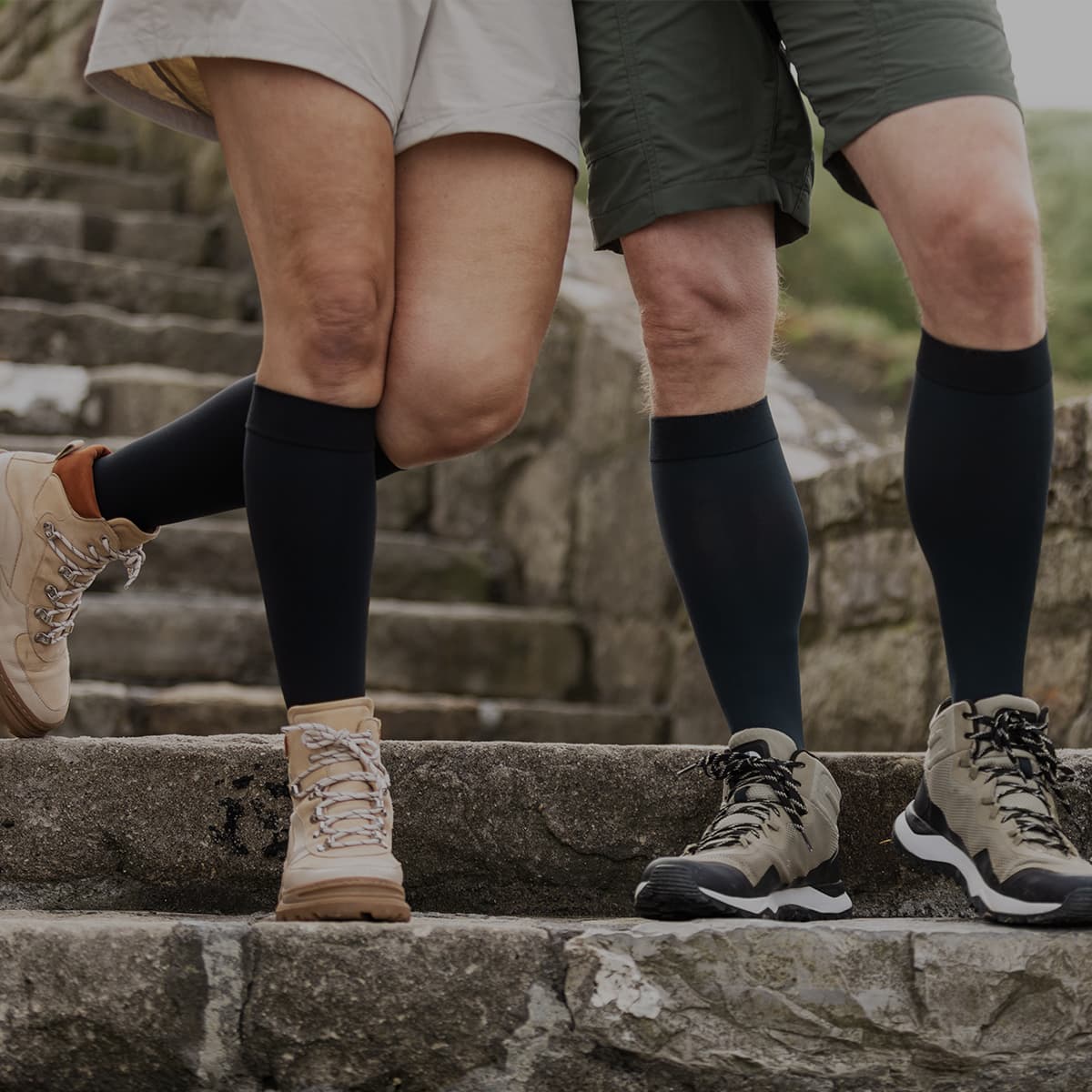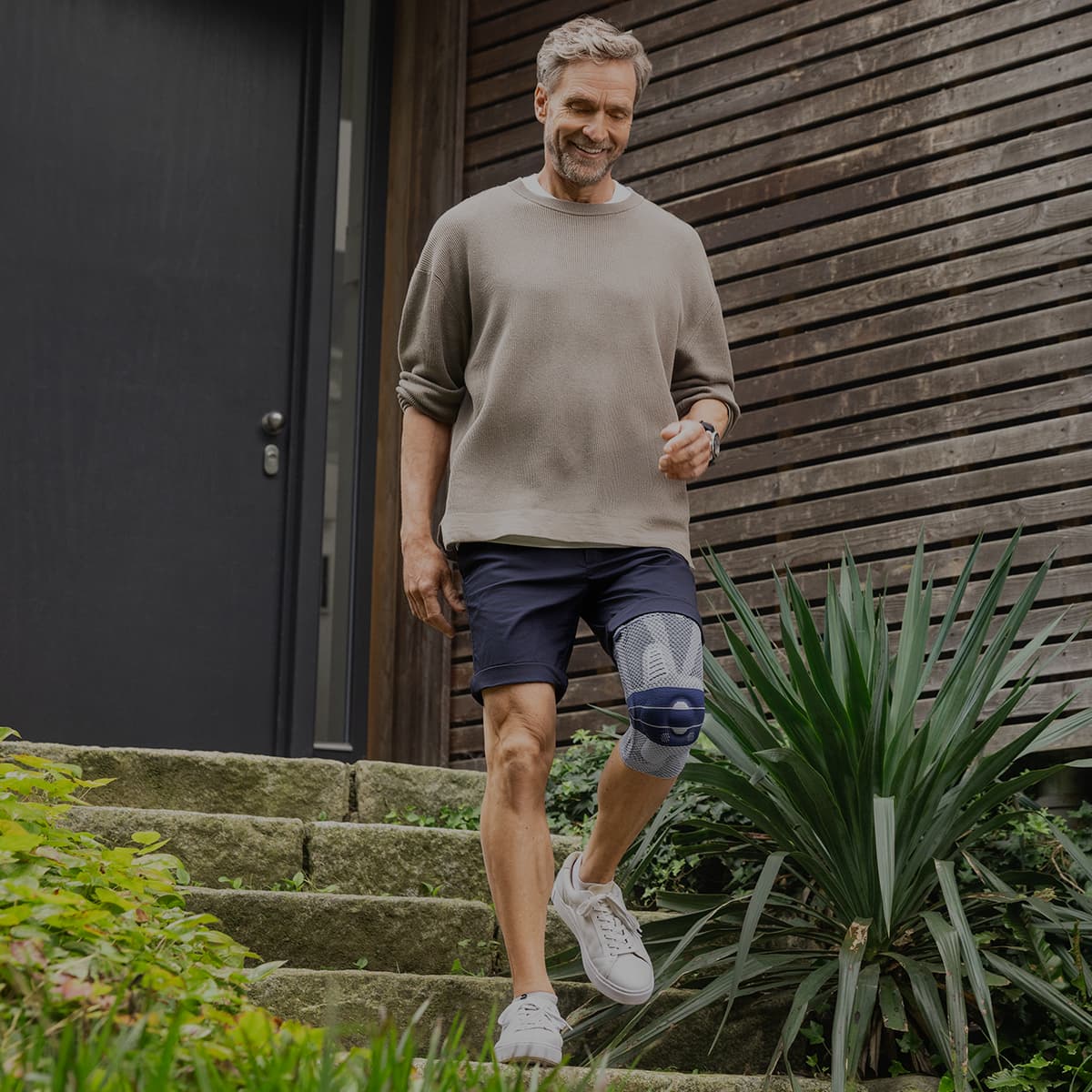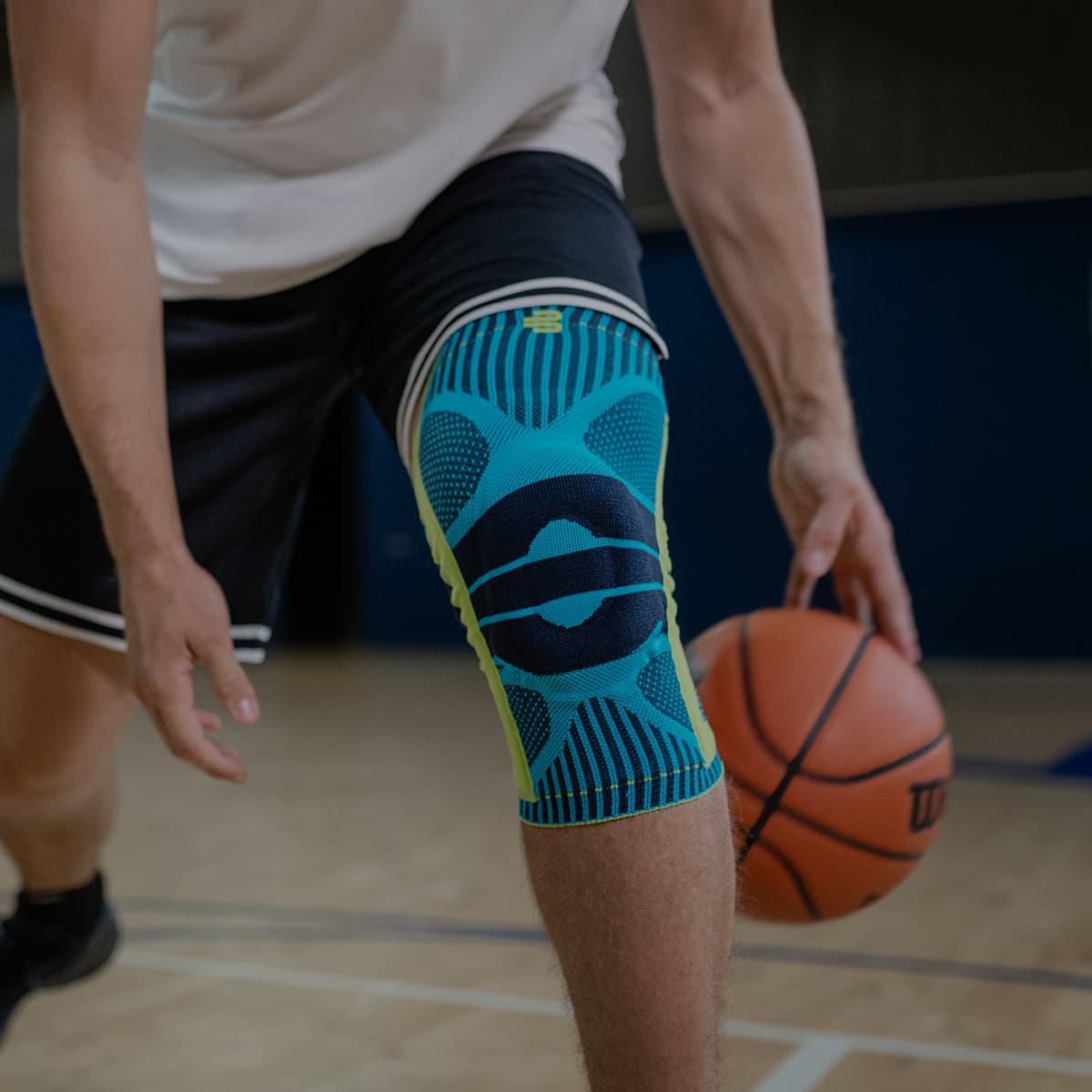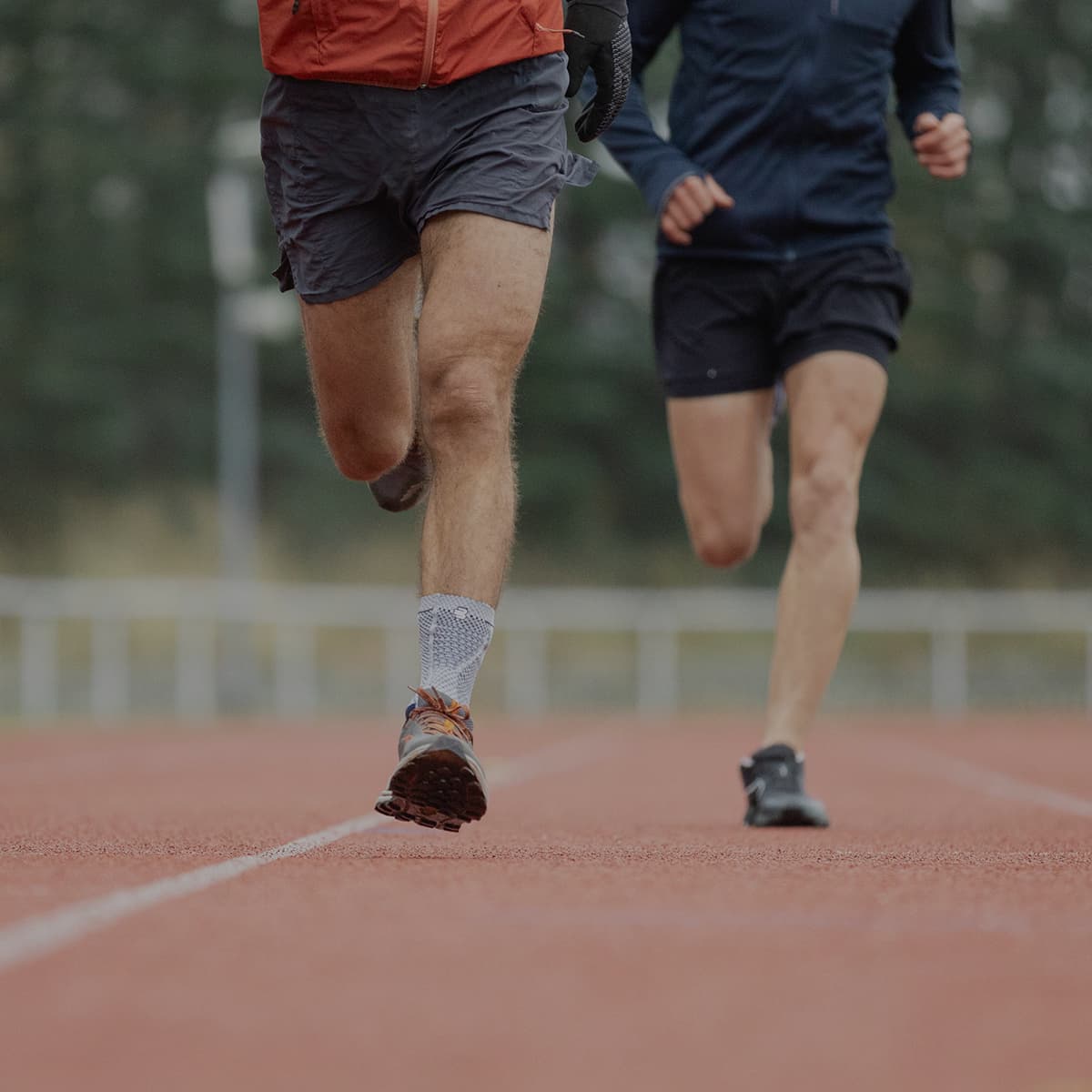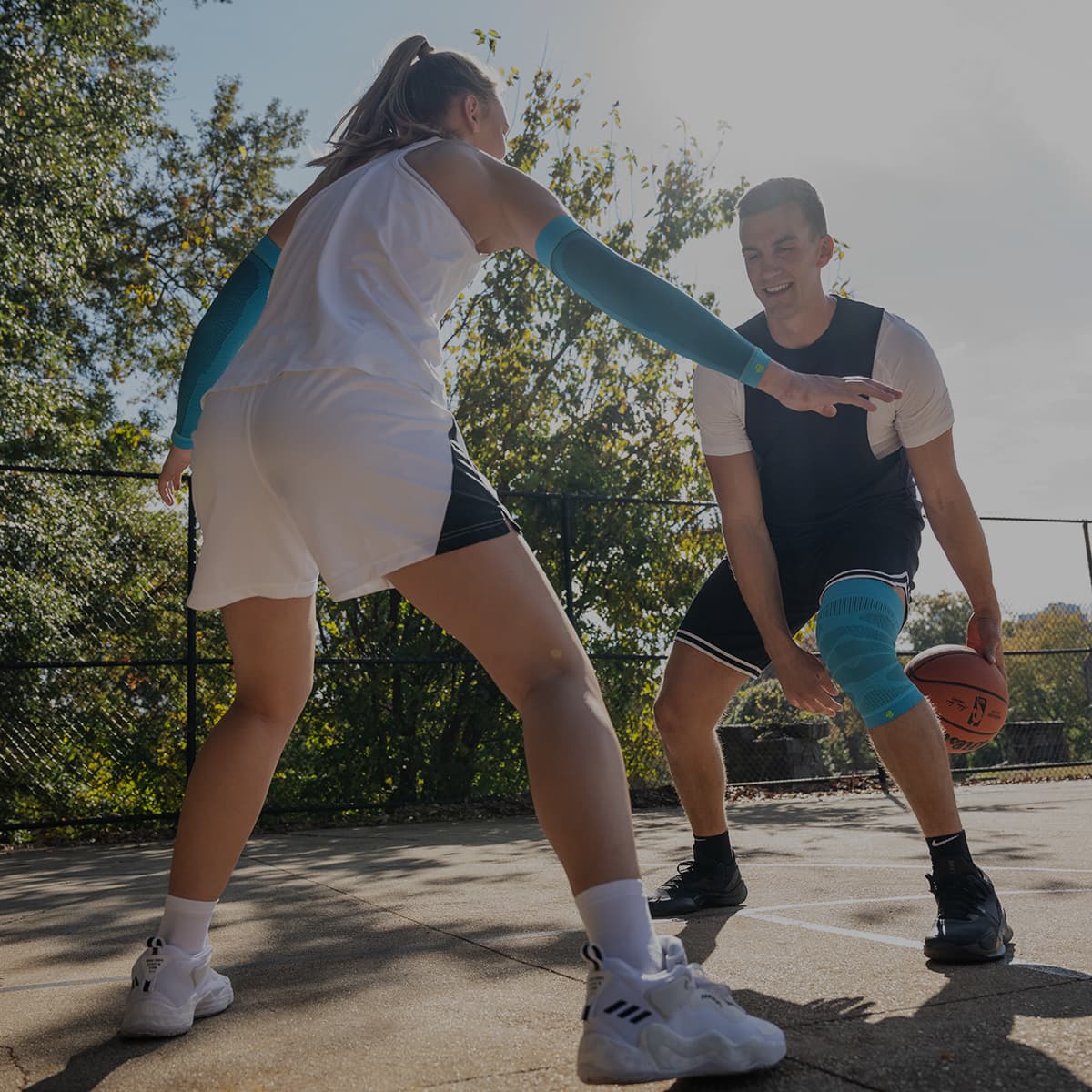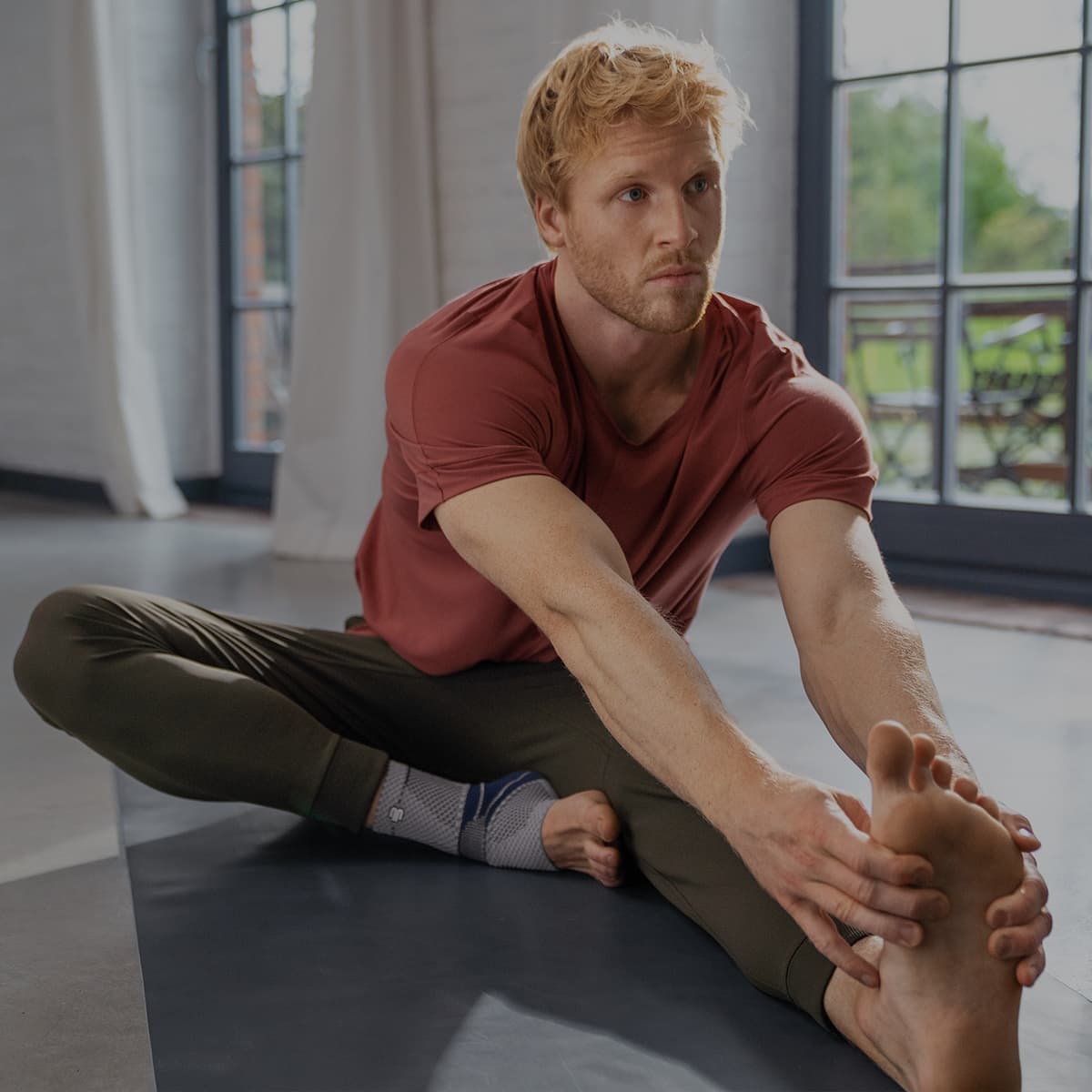Knee pain is, unfortunately, very common for many of us - whether it’s due to an injury, genetics, or general wear and tear. With so many treatment methods available, it can be confusing to know what will actually work. So, to help you get back to living pain-free, we have pulled together these three simple ways to relieve knee pain.
Most common causes of knee pain
The knee is one of the largest and most crucial joints in our body. It is a complex structure that facilitates our daily movements, including bending and walking. Therefore pain can be due to any number of issues, here are a couple of the most common:
- Knee bruising or trauma, including sporting injuries and accidents.
- Patients with arthritis have joint degradation and inflammation, which can lead to severe knee joint pain and discomfort.
- Autoimmune diseases and metabolic disorders have been known to have an association with the development of joint pain.
- Overstretching the knee: Practising poor proprioception can lead to stretching the knee beyond its natural range of motion, which can damage the knee joint. For example, abrupt and uncontrolled rotation of the knee joint during exercise may damage the meniscus.
- Long term chronic degeneration can lead to arthrosis of the knee joint itself.
3 simple ways to relieve knee pain
1. Knee brace
Every time you move your knee, the interconnected group of muscles, tendons, ligaments and bones all move together in different ways. When there is injury, disease or fatigue affecting the knee, these movements can cause all sorts of pain, from small niggles to constant heavy pain.
One of the best ways to relieve this problem is to support the knee with a brace. There is a wide variety of different knee braces, so it’s essential that you find the right one for you.
Ways a brace can ease knee pain:
- Unloading the joint: this eases pressure on the bones in the knee. This is ideal for arthritis, meniscus damage and post-op recovery.
- Compressing the knee: which stabilises the muscle and minimises general pain, as well as controlling swelling. This is great for mild arthritis, sprains and recurrent pain.
- Massaging the tissue: usually through the use of viscoelastic gel inserts, to loosen up the muscles and manage more sensitive points. This is great for tightness and muscle tears.
- Stabilising the joint: through rigid braces. This is mainly done with more severe injuries like ligament ruptures, high-grade tears and severe arthritis.
Bauerfeind knee braces reduce pain, swelling and prevent unwanted lateral movement. They are clinically developed to improve knee stability and comfort without limiting mobility.
The above are some of the ways in which knee braces help to relieve pain in the knee. If you do find that the pain becomes persistent, or continues to increase, it is highly recommended to see a doctor immediately.
2. Using the RICE method
RICE is a basic principle that is recommended highly by physios and doctors around the world. It stands for Rest, Ice, Compress, Elevate, and is one of the simplest and most effective ways to treat milder knee pain.
Using a knee brace to compress and relax the muscle is a great way to manage knee pain in this way while still going about your day as normal.
The practice of RICE is best done alongside bracing and treatment from a medical professional in order to provide the best recovery to your knee long term.
- Rest: Avoid doing anything that may overstress your knees
- Ice: Icing your knees can help reduce inflammation and, therefore, swelling
- Compress: Compression, in the same way as ice, can help reduce inflammation and swelling; a knee brace is an excellent option as it not only provides support but also applies pressure to your knee
- Elevate: Raising the injured leg whenever possible (e.g. when you’re asleep) helps reduce swelling

Pictured above, the Bauerfeind Hinged Knee Brace.
3. Sufficient warm-down
Post-exercise is one of the most common times that injury can occur. If your tendons and muscles cool down quickly, a simple misstep or strain can result in a painful injury.
Ensuring you stretch and gradually warm down the muscles and tendons after each time you exercise or play sport is a great way to manage any ongoing knee issues, as well as minimise the risk of further injury.
Similar to your warm-up, warming down should take approximately ten minutes and consist of lightly stretching or jogging until your heart-rate lowers.
Here are a few warm-down exercises to try:
- Downward dog: you can make this dynamic by moving back and forth from the tabletop position, to a downward dog. You can also pedal your legs and stretch out each foot individually, then move into child's pose to stretch your back.
- Knee-to-chest: laying on your back, bend one leg and pull it in towards your chest, wrapping your fingers around your knee, hold for a minute. Switch legs.
- Jumping jacks: it may sound counter-intuitive but as long as you are doing the jumping jacks nice and slow, they will help your muscles cool and bring your heart rate down.
- Swimming: if you have it available to you, a light swim is a great way to cool down - especially after a high-intensity workout.
Do you have private health? Most private health extras will cover Bauerfeind Products, check to see if yours is included. Bauerfeind Private Health Enquiry.
Bauerfeind products are developed at our innovation and manufacturing facility in Zeulenroda, Germany. Based on years of scientific research, our award-winning braces and support garments are highly recommended by medical professionals and athletes worldwide.
For assistance selecting the right product for your needs, book a video consultation with a Bauerfeind expert: Book Video Call, or call us on 1300 668 466

